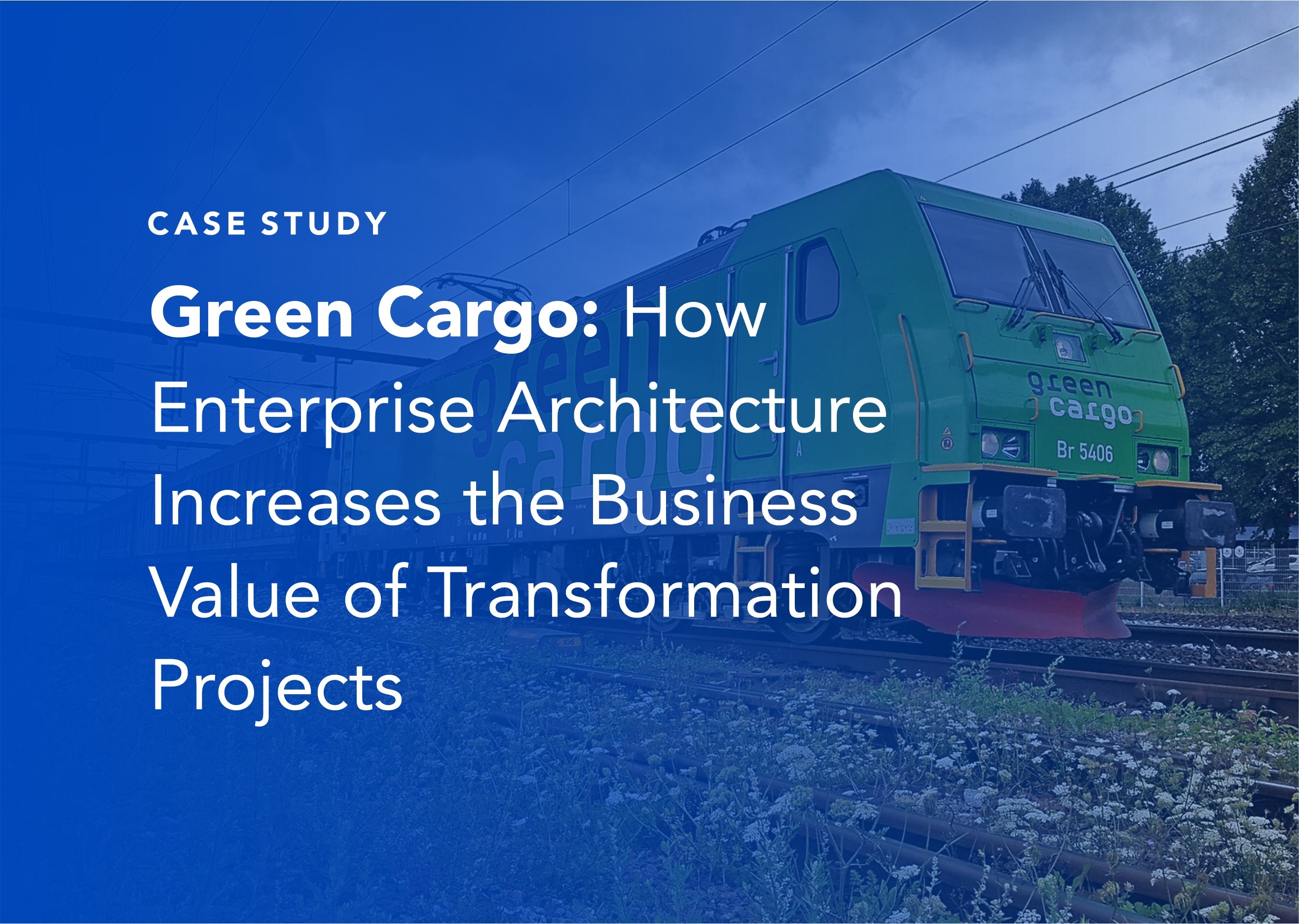Digital transformation: Breaking Free from Legacy Systems to Drive Innovation in Financial Services
If you’re in financial services, it’s more than likely that you face a unique challenge: how to balance the weight of legacy systems with the urgent need for innovation. Here's an example: how do you integrate blockchain technology into your decades-old mainframe-based core banking system? As the academic research highlights, 'Ecosystems constantly evolve due to the digital revolution, which compels established companies to rethink their value propositions.'
The fact is that the financial services systems, while reliable, were built for a different era and often stand in the way of agility, scalability, and customer-centricity. However, you can’t just modernize them and hope for the best – you need to fundamentally rethink how your business operates, delivers value, and competes in a digital world. This is, of course, easier said than done, so we’re here to help you out with charting a path to modern innovation.
3 reasons digital transformations fail – and how to avoid it
Let’s start with a word of warning: many organizations – financial services providers included – stumble when attempting digital transformation. There are three main reasons for that to happen:
- The lack of a clear vision or a defined end goal, which makes digital transformation efforts meander and lose momentum.
- Operational digitization trap, when an organization focuses on merely automating existing manual processes, without addressing deeper inefficiencies or driving innovation.
- Disconnected execution, when digital transformation execution lacks structure and fails to connect the big-picture goals with daily actions.
To avoid your digital transformation failing, you need to adopt a framework that balances immediate needs with long-term innovation. This is where the Three Horizons Framework would step in.
The importance of the Three Horizons of digital transformation
The Three Horizons of Growth framework, originally popularized by McKinsey, helps organizations manage digital transformation by balancing short-term goals with long-term growth. Here’s how it works:
- Horizon 1 focuses on immediate improvements, e.g., digitizing a manual process or upgrading an outdated system. This is where many organizations stop, while in fact, this is where their digital transformation only starts.
- Horizon 2 encourages organizations to rethink how they work, which involves enhancing workflows, adopting new ways of interacting with customers, and unlocking new levels of collaboration.
- Horizon 3 is where digital transformation becomes revolutionary: you explore entirely new business models, revenue streams, and customer experiences.
So, if your financial organization is burdened by legacy systems, you should never stop at Horizon 1, but proceed to Horizons 2 and 3, where the real opportunities for growth and differentiation lie.
The capability-based planning in digital transformation: The business-first approach
When rethinking your processes and exploring new business models, bear in mind that for your digital transformation to be successful, it needs to be driven by business needs rather than technology. Your organization must prioritize a capability-based planning approach that ensures every modernization effort aligns directly with business outcomes.
Start with a clear understanding of where your organization wants to go. Use your enterprise architecture platform and tools such as Business Model Canvas or Product Canvas to design new business models or refine existing ones. From there, map the capabilities required to execute these models, e.g.:
- If your goal is to enhance your customer service, what capabilities do you need in terms of processes, data, and applications?
- If you want to launch a new digital product, how does your existing technology support or hinder that vision?
Once you’ve identified these capabilities, drill down into architecture, focusing on processes, applications, data, and technology. This ensures that every aspect of your system aligns with your business goals.
Connecting digital transformation strategy to execution with solution design
Once you know where you want to go and have mapped your capabilities, you need to bridge the gap between strategic insights and execution. This is where solution design comes into play. What is it? It’s a structured approach that moves through four key stages:
- Value refinement, or the “why” – what value are you trying to create for your customers, employees, or stakeholders?
- Requirement refinement, or a breakdown of that value into actionable requirements, e.g., if you want to improve customer onboarding, what specific features or capabilities are needed?
- Solution architecture or designing systems and processes that meet these requirements while aligning with your broader strategy.
- Delivery refinement or ensuring that solutions are implemented efficiently, with clear metrics to measure your success.
This is where structured canvasses based on design thinking can be incredibly helpful. Not only do they foster collaboration and ensure clarity, but also, they keep everyone in your organization focused on the desired outcomes. Additionally, an enterprise architecture platform – such as BlueDolphin – is essential for maintaining traceability and ensuring alignment across teams and projects.
3 practical steps to kickstart your digital transformation
To sum up what we’ve discussed so far, here’s how your financial services organization can get its digital transformation started:
- Prioritize your horizons by starting with your immediate needs (Horizon 1) and going way beyond them – think how you can enhance workflows (Horizon 2) or create new business models (Horizon 3). Embrace AI and systems intelligence in the process.
- Adopt capability-based planning by focusing on your business outcomes first and using capability mapping to decide where to invest your efforts.
- Leverage structured solution design by connecting your strategic goals to on-the-ground execution with a systematic approach.
Our Enterprise Architecture platform, BlueDolphin, is designed to guide you through every step of this journey. From capability mapping to solution design, we provide the tools and frameworks you need to modernize your legacy systems and unlock a true digital transformation.
Ready to transform?
Don’t allow your legacy systems to hold back your financial services organization. Becoming an industry leader with the help of digital transformation is within your reach.
WEBINAR
Transforming Legacy Architecture for Modern Innovation
Over 70% of businesses struggle with legacy systems that hinder digital transformation. Join Brice Ominski, Dion Eusepi, and Jelle Visser for an exclusive pre-recorded webinar on how a capability-driven, agile architecture can modernize your systems without disruption. Learn practical strategies for integrating AI, leveraging data as a product, and future-proofing your architecture with tools like BlueDolphin.

.png)



